At the beginning of the new year, Thanh Nien reporters had an interview with Associate Professor, Dr. Nguyen Van Vu, Deputy Head of the Faculty of Information Technology and Head of the Department of Software Technology, University of Science (Ho Chi Minh City National University), about the development trend of artificial intelligence in 2025.

Associate Professor, Dr. Nguyen Van Vu, Deputy Head of Information Technology Faculty and Head of Software Technology Department, University of Science (Ho Chi Minh City National University)
PHOTO: UNIVERSITY OF SCIENCE
P DEVELOPING AND APPLYING AI IN MEDICINE AND HEALTH CARE
How is the development trend of artificial intelligence (AI) in 2025 assessed, in the context of the world in general and Vietnam in particular, sir?
The most prominent development trend of AI in 2025 is still the continued development of large language platform models and generative AI (foundation models) and the application of these models. Researchers from universities and large companies continue to research, build and launch new versions, new platform models with higher capabilities and accuracy, faster and safer.
Another prominent trend is the development and application of AI in medicine and health care, especially in supporting doctors in diagnosing diseases and monitoring and evaluating the effectiveness of treatment drugs.
In Vietnam, the main trend is to continue applying AI to business processes at companies and agencies to improve labor productivity, increase revenue and reduce costs.
Many companies will build AI solutions based on common platform models to serve specific industry and business process needs, including virtual assistants and AI agents. AI applications will become more widespread in government agencies once large language models are trained on administrative data and processes.
CHANGES IN INDUSTRY STRUCTURE
In your opinion, what are the opportunities and challenges for Vietnam in the face of the strong development of AI today?
Opportunities for Vietnam can be seen in many aspects. For example, developing and applying AI solutions in many different fields such as: public services, healthcare (health care, disease diagnosis), transportation...
Develop AI solutions for foreign countries and increase foreign investment, especially with domestic technology companies. With quality AI and software human resources, Vietnam can promote product development and operation (startups). Vietnam has the opportunity to become an attractive destination for AI technology enterprises.
It is also about developing AI human resources. The strong development of AI creates opportunities for Vietnam to invest in training high-quality AI human resources.
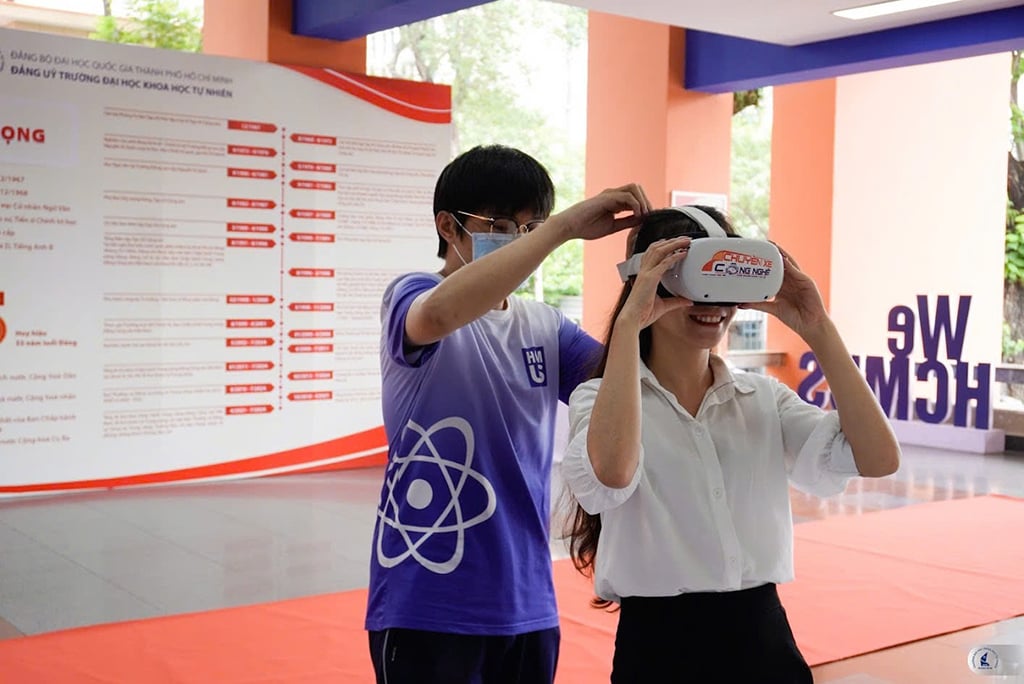
Students of the University of Natural Sciences (Ho Chi Minh City National University) experience AI application activities
At the same time, Vietnam also faces many challenges in the face of the strong development of AI. In particular, the shortage of high-quality AI human resources is a major challenge. According to a survey we conducted in 2023 in Ho Chi Minh City (within the framework of the project on training international-level human resources in the AI industry of the Ho Chi Minh City People's Committee), up to 75% of businesses said that the current AI human resources do not meet the quantity requirements, while 65% said that the quality of AI human resources has not met expectations. This survey also shows that the demand for AI human resources is growing, with an increase of 10% to 25% per year.
AI has a profound impact on many industries, both increasing productivity and leading to the displacement of some jobs or a reduction in demand for labor. This causes a change in the structure of industries and can lead to unemployment for those who cannot adapt or lack the right skills to make the transition.
Vietnam's digital transformation level is still limited. To develop and apply AI effectively, the first thing is to transform digitally through building software solutions to meet the requirements of data collection, management and operation of business processes in agencies and enterprises. The slow digital transformation process, especially in state agencies, reduces the ability and effectiveness of AI application.
How is the impact of AI predicted to affect the labor market, industry structure, and job positions in Vietnam, sir?
In Vietnam today, AI application is still low, mainly focusing on using tools like ChatGPT for digital content creation jobs. Job positions related to digital content such as advertising, script writing, office assistant tend to decrease. In the near future, when AI solutions are developed and applied more widely, the industry structure and job positions will change significantly. Repetitive or simple jobs such as data entry, customer care, basic data analysis will gradually be replaced by AI agents. For example, in the software field, the need for engineers specializing in simple programming and testing will gradually be replaced by AI tools such as GitHub Copilot.
DeepSeek shakes up the AI industry
In late December 2024, DeepSeek, a Chinese technology company, surprised everyone when it announced its large language model (LLM) DeepSeek V3 for free, taking only two months to build at a cost of less than $6 million.
Built at a low cost but with features that are not inferior to leading models from the West are two of the reasons why Chinese AI DeepSeek surprised.
Experts say the AI race with DeepSeek's success is no longer a one-sided "game." According to Business Today , just as the Soviet Union's Sputnik launch spurred the US and other countries to invest in space technology, DeepSeek could inspire a wave of innovation in AI.
CONDITIONS FOR TRAINING HIGH-QUALITY AI HUMAN RESOURCES
Many universities are opening AI training majors. What do you think are the opportunities for students in this field?
As mentioned above, AI human resources have not met the needs of businesses and agencies in terms of both quantity and quality. According to our survey, the demand increases annually by 10 - 25% while the AI training quota of universities in Ho Chi Minh City only increases by 5 - 10%/year. Although many universities open AI training majors and increase training quotas, it should be noted that output quality is the decisive factor for learners' opportunities in the AI field; because to develop and operate AI solutions, we need a team with high capacity and expertise.
AI training requires large investments in facilities and human resources, so have domestic universities currently met this requirement?
Facilities, especially computing infrastructure with supercomputers, do not meet the training requirements of universities. In addition, to train high-quality AI human resources, we need a good learning environment, helping learners have the opportunity to integrate internationally. We also need an ecosystem for research, development and application of AI with the participation of learners, researchers and businesses.
Need to teach learners skills to use AI effectively
We should view AI as a supporting tool to achieve learning goals, so learners should not be prohibited from using AI in learning and research if such use does not affect the training goals of the program and subject. Furthermore, learners need to be trained in the skills to use AI tools and solutions effectively.
Whether learners are allowed or restricted from using AI should be specifically defined in each subject instead of simply prohibiting or not prohibiting the use of AI.
For learners, the use of AI (if permitted) should be seen as a means and tool to support the acquisition of necessary skills, knowledge and experience. If AI is abused just to get high scores, it will cause serious consequences for learning goals and long-term personal development.
Source: https://thanhnien.vn/dao-tao-nhan-luc-ai-trong-xu-the-moi-18525020319580616.htm


![[Photo] The two Prime Ministers witnessed the signing ceremony of cooperation documents between Vietnam and Ethiopia.](https://vstatic.vietnam.vn/vietnam/resource/IMAGE/2025/4/15/16e350289aec4a6ea74b93ee396ada21)
![[Photo] Welcoming ceremony for Prime Minister of the Federal Democratic Republic of Ethiopia Abiy Ahmed Ali and his wife](https://vstatic.vietnam.vn/vietnam/resource/IMAGE/2025/4/15/77c08dcbe52c42e2ac01c322fe86e78b)

![[Photo] National Assembly Chairman Tran Thanh Man attends the summary of the organization of the Conference of the Executive Committee of the Francophone Parliamentary Union](https://vstatic.vietnam.vn/vietnam/resource/IMAGE/2025/4/15/fe022fef73d0431ab6cfc1570af598ac)
![[Photo] General Secretary To Lam receives Ethiopian Prime Minister Abiy Ahmed Ali](https://vstatic.vietnam.vn/vietnam/resource/IMAGE/2025/4/15/086fa862ad6d4c8ca337d57208555715)
![[Photo] Prime Minister Pham Minh Chinh holds talks with Ethiopian Prime Minister Abiy Ahmed Ali](https://vstatic.vietnam.vn/vietnam/resource/IMAGE/2025/4/15/4f7ba52301694c32aac39eab11cf70a4)


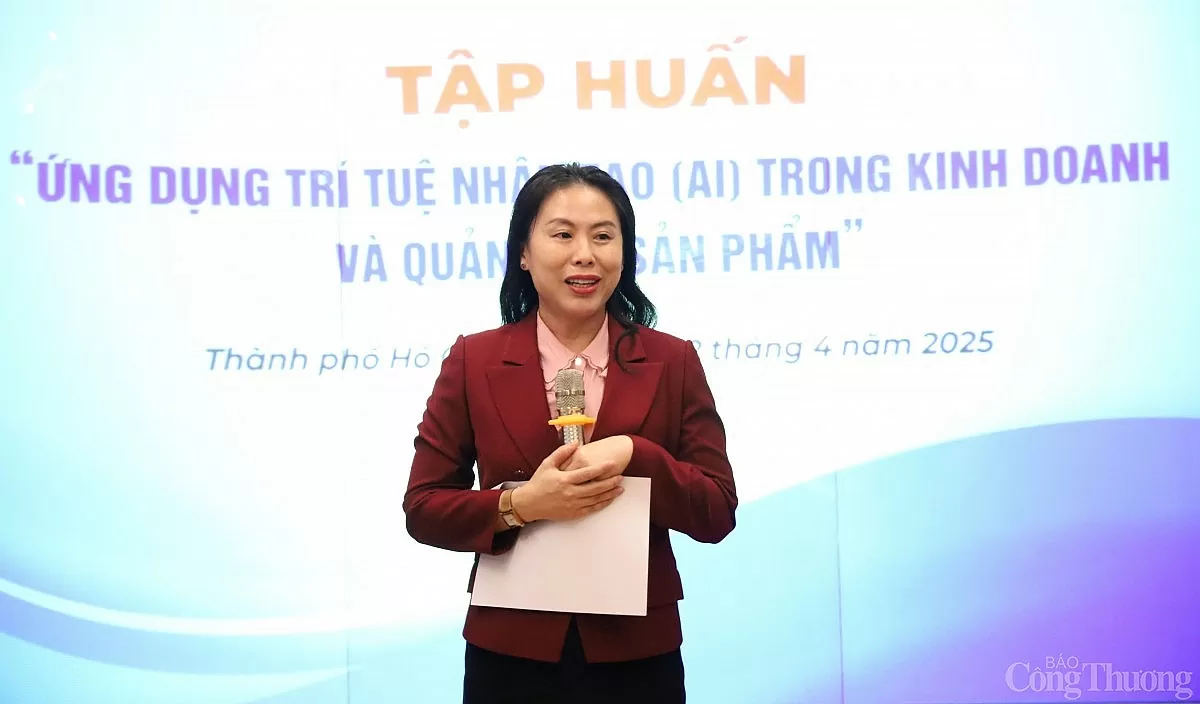


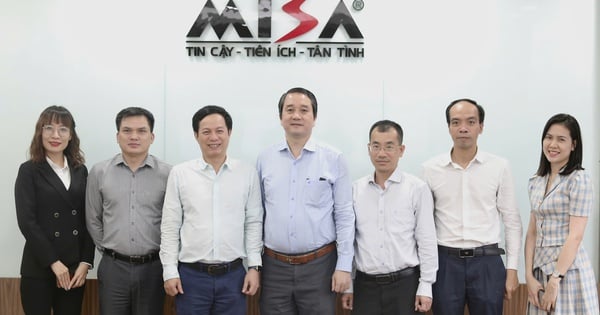



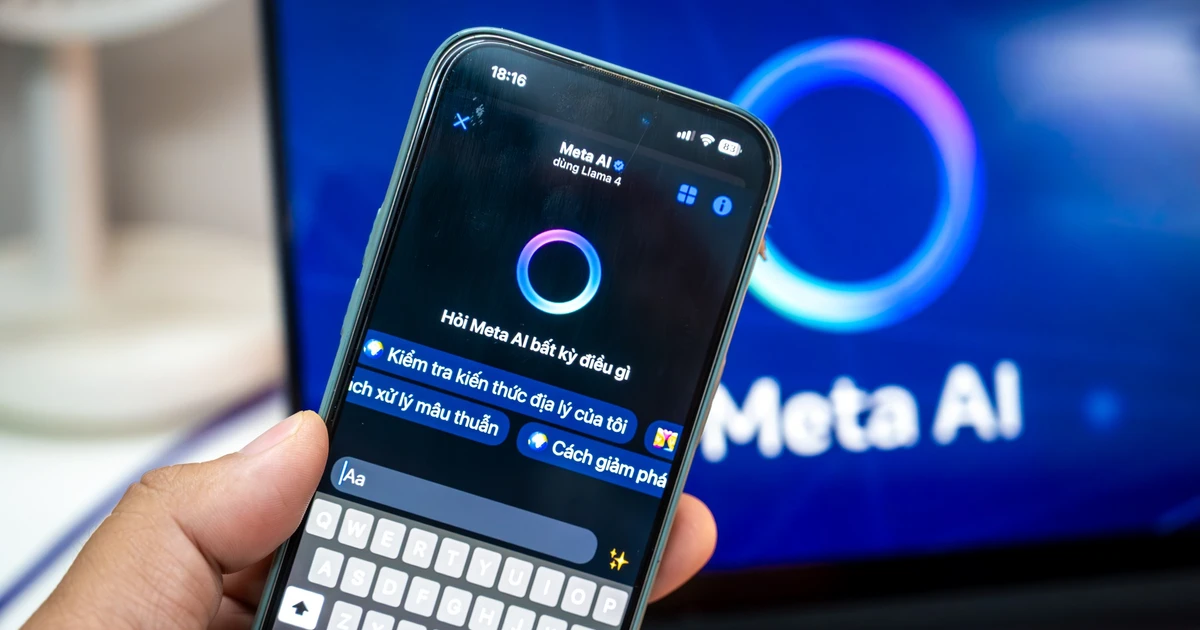


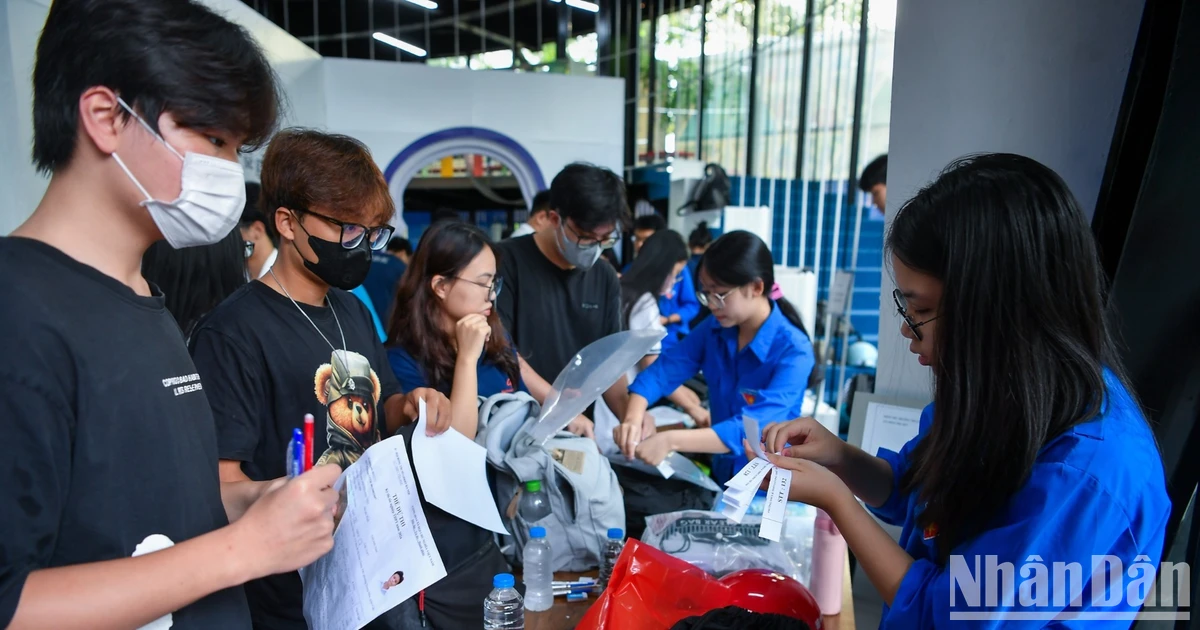














![[Photo] General Secretary To Lam meets with veteran revolutionary cadres, meritorious people, and exemplary policy families](https://vstatic.vietnam.vn/vietnam/resource/IMAGE/2025/4/15/7363ba75eb3c4a9e8241b65163176f63)










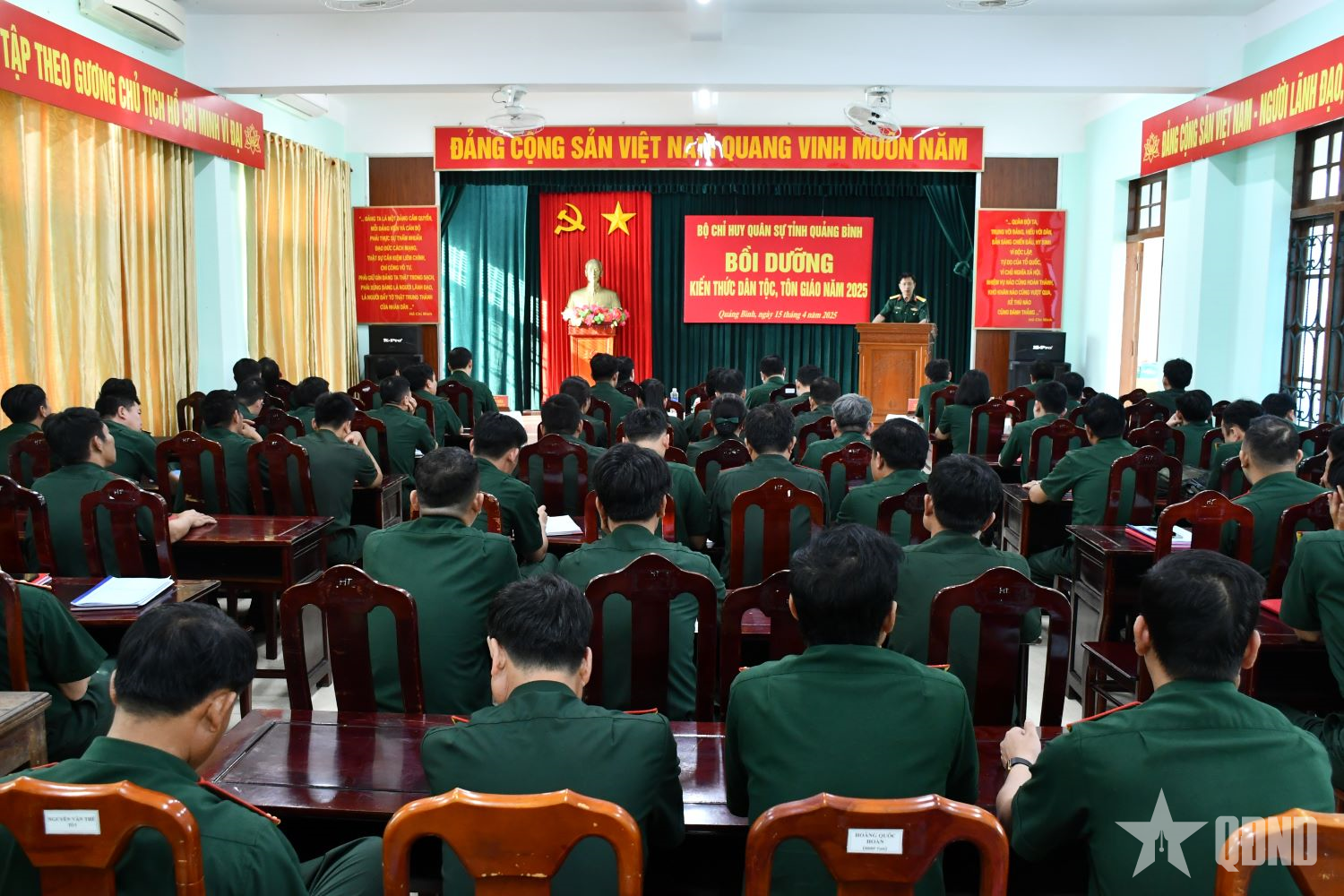













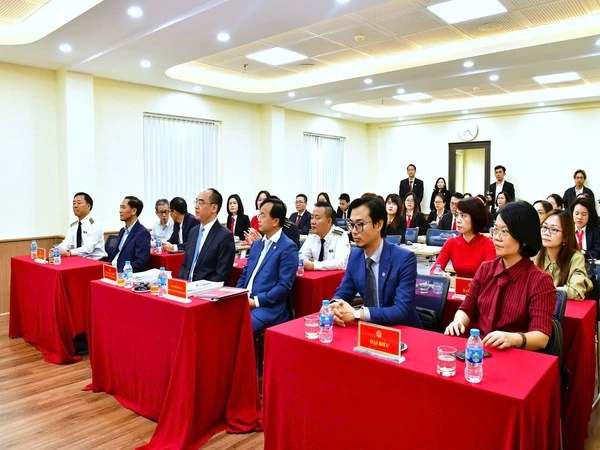



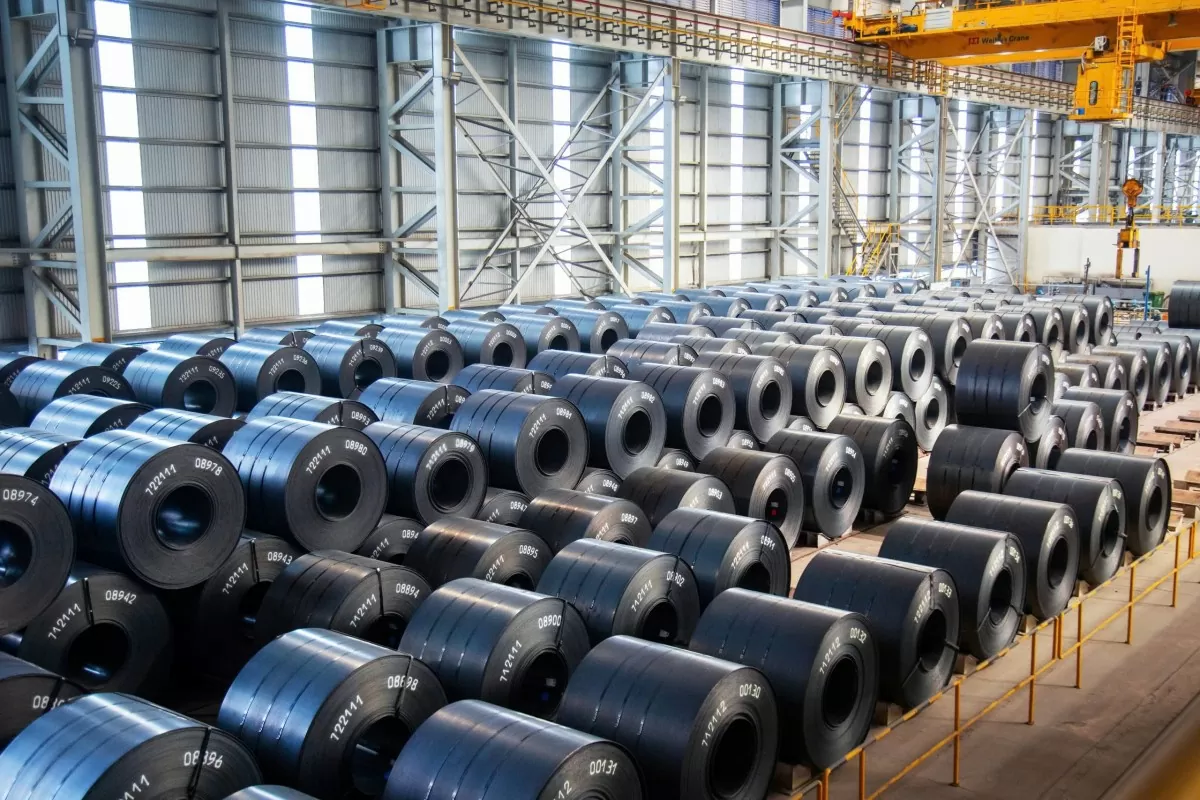













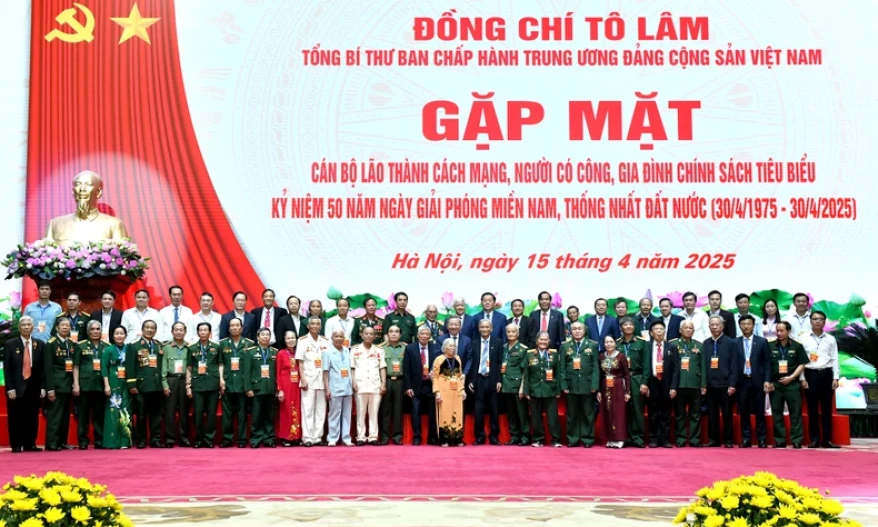











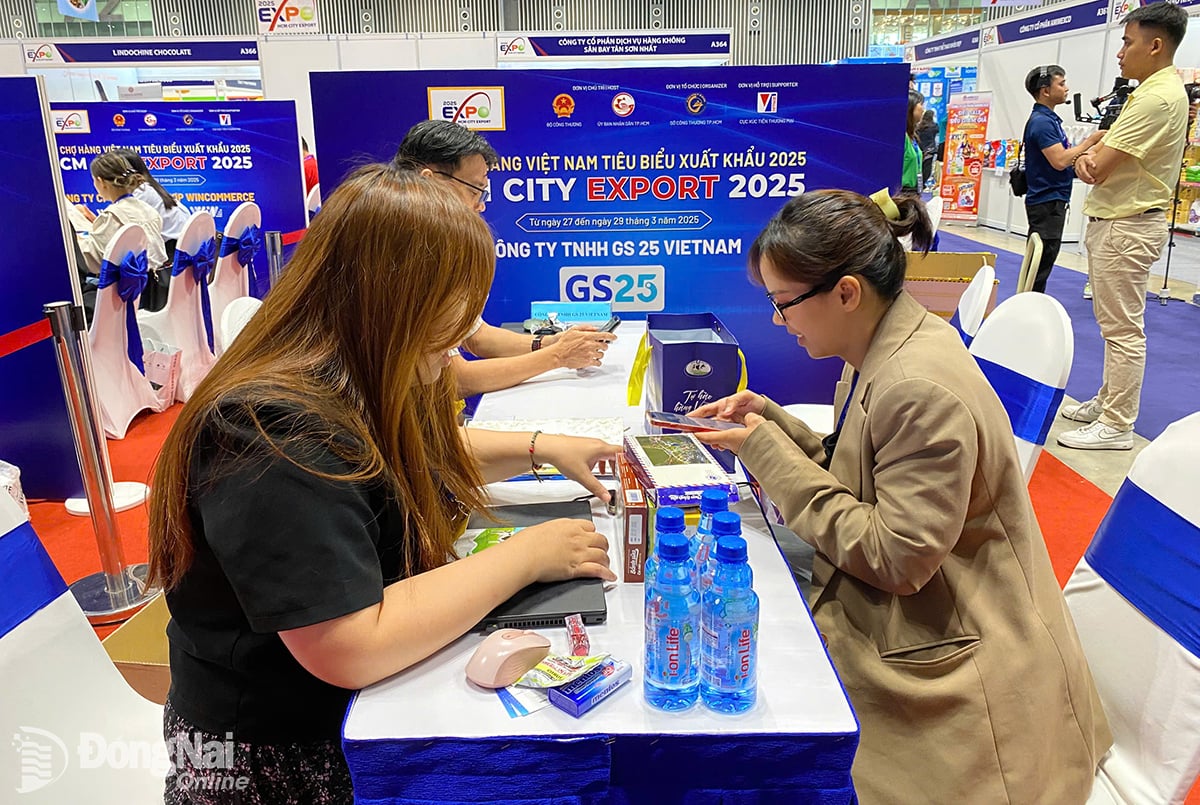



Comment (0)